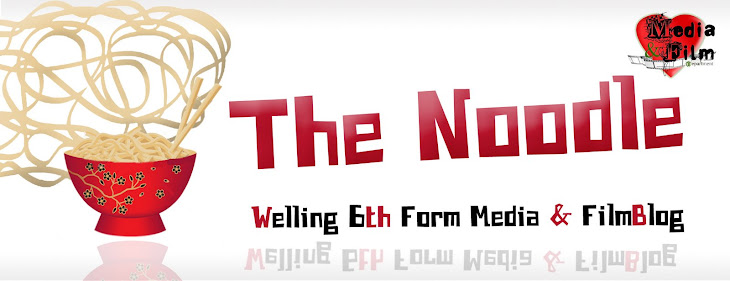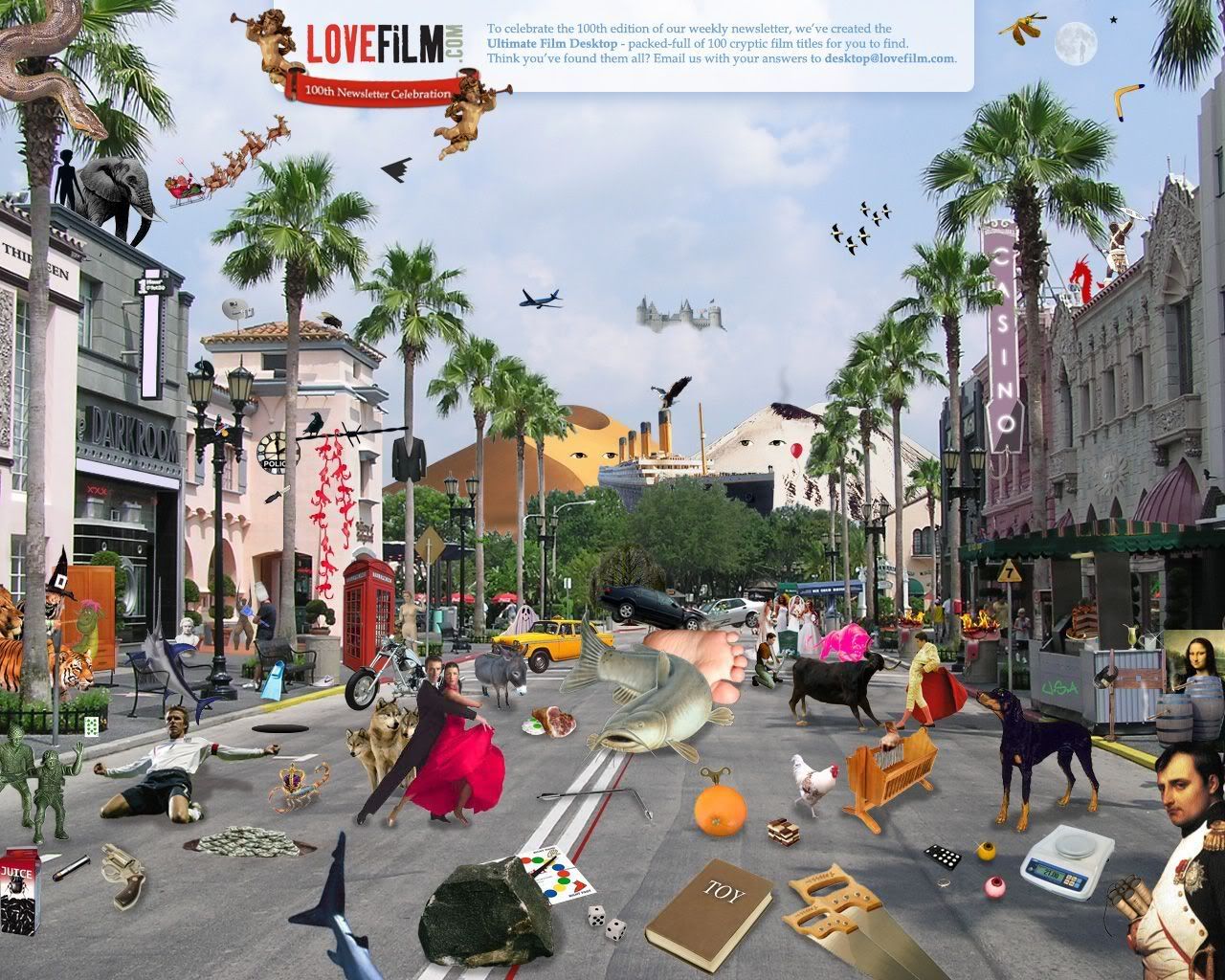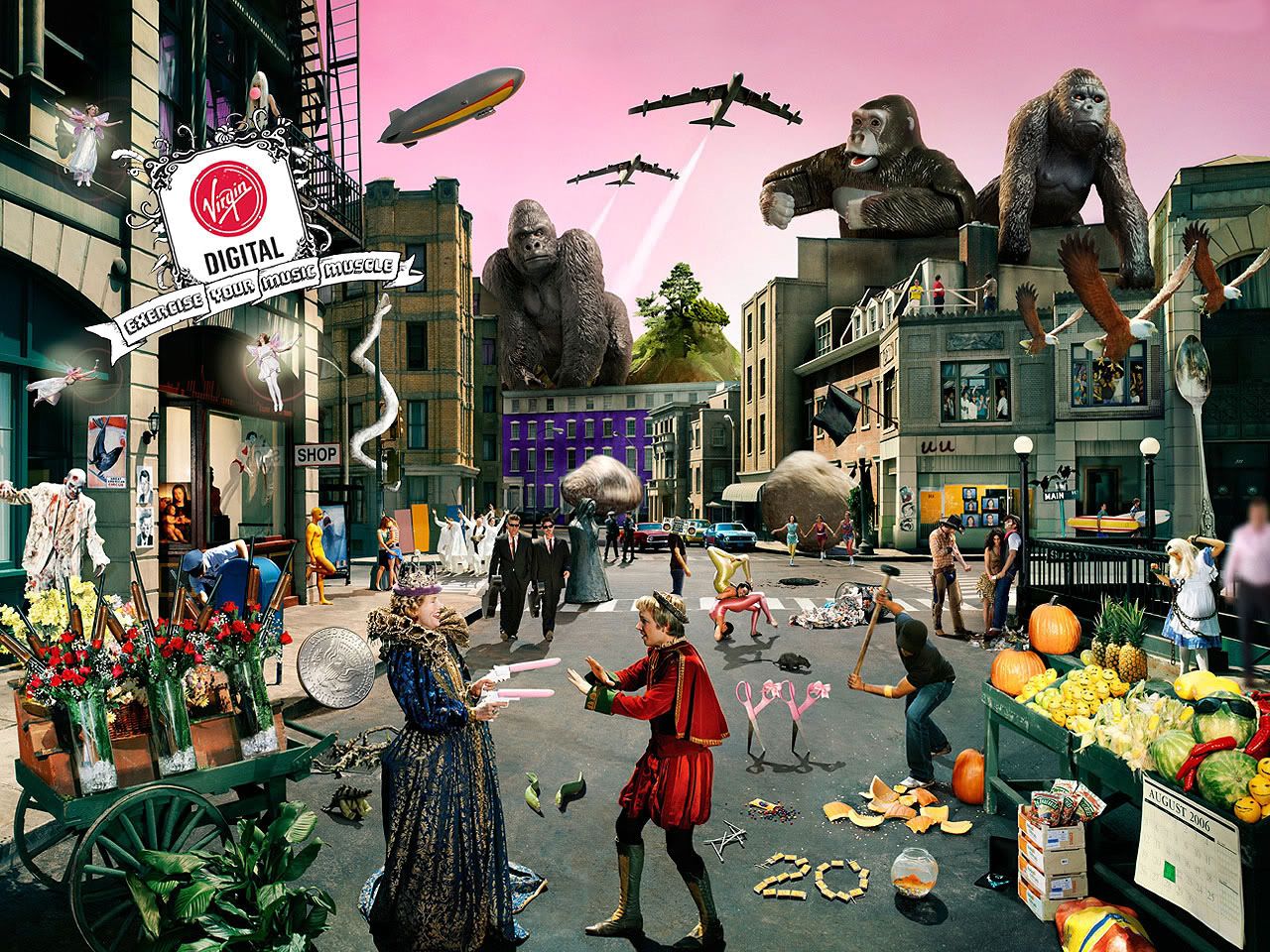
Close Textual Analysis of Sequence from 'Spooks'
'Catch Up' December 2007 episode – 1 minute 43 seconds.
'Catch Up' December 2007 episode – 1 minute 43 seconds.
The clip starts by launching the plot with a close up of the main character. He is white, young with piercing blue eyes, dressed casually in a crew neck shirt and jacket with a quiet voice, suggesting authority, control and independence. This man takes no prisoners – you can tell by his voice, the use of close up and his sense of authority, but not by his clothing.
The use of intense close ups increases the audience involvement with the characters, and immediately suggests the intensity of their drama, and connotes tension, conflict and narrative thrust.
He is talking to a young, woman. She has short, blonde hair with intelligent, sharp eyes, representing her dynamic and maybe ruthless but feminine character. The next shot is a close up of a man in agony – low lighting, dark colours and an inconclusive background.
An exterior two-shot follows of two men in suits. The one on the right has power, suggested by his tie and authoritarian voice. He is suggesting to the younger man that anyone who falls into the hands of the captors will be tortured. The younger man clearly has to try to ‘save’ the tortured man we briefly saw.
A low angle interior shot of a large empty, pillared office suggests the man walking towards the other man has power, and is able to negotiate. It intentially reminds the viewer of a gun fight set up from a Western, but the weapons are words. The building suggests a neutral, lonely location where conversations will not be overheard. This connotes a meeting with an enemy agent of some kind.
Big close ups of the two men negotiating suggest they have equal power. The American at camera left is older and represents power derived from superior information and surveillance operations.
Cut to the next shot the young woman is holding a mobile and walking in a flurry of movement within the frame, creating a sense of urgency and representing an active, dynamic person who is getting on with the narrative.
The shot is shadowy and suggests repressed power, dynamic action, a person who is ready for anything. The shot is held and we see that she is being followed by a shady but innocuous looking character in a shirt and cotton casual jacket, who is clearly spying on her. Their activities are explored in a split screen two-shot.
He is coming towards camera, and she is going away from the camera- he is therefore denoted as being in the ascendance. Non diegetic spooky, dramatic music suggests deceit, treachery and imminent danger.
Cut to the the first main character picking up a mobile phone; the message is he has a meeting with the adversary in one hour. He is represented as calm, in control, alert and capable. The audience connotates that all is going to be well for our hero.
Cut to exterior shot of a fast, expensive, latest model BMW car connotating power, and a modern hi tech set up. Inside the car, in a tight two-shot, an American character pulls a gun and makes demands. He is in the dominant position, screen right in full face big close up.
Cut to a low angle shot from below a large board-room table. Three men in shirt sleeves and a woman clearly in distress sit around the table– a high tech screen behind them indicates a type of control room.
The camera zooms in to a mid close up of the older boss, who indicates that his adversary’s agents will be killed. Our sympathies lie with the main character, the younger white man, but he is shown in shadows, suggesting a trap, worry and lack of control – in contrast to how we saw him at the beginning. This is the Todorovian conceit essential to TV drama – the disequilibrium.
Cut to the woman in a darkly lit shot revealing details of the shocking tortures used.
Cut back to the empty office and a larger meeting with the bosses, all the characters we have seen are there – negotiation is taking place. The woman offers to give up names – this could be connotated as representing a stereotypical female response of sacrifice. She says ‘you have to help me’ – she is represented as being in severe distress, and revealed as an MI5 officer, who must now be sacrificed. She is handed over as a prisoner.
Time cut to heavily armed men breaking into a house.
Cut to the younger man and the woman inside in distress as hostages.
A two-shot reveals his emotional support and reassurance for her – cliffhanger will they be saved?








1 comment:
Many institutions limit access to their online information. Making this information available will be an asset to all.
Post a Comment